160 Years of History in 9 Snapshots
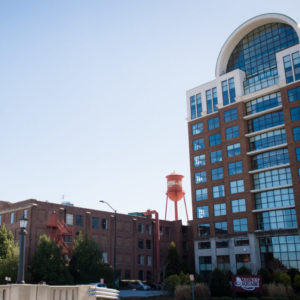
Today, if you were driving down the street in our beloved city on your perfect day, maybe you’d want to stop in for breakfast at The Biscuit Factory or grab a coffee at 83 Custom Coffee. Maybe you’d stop for a bite at Penny Path Cafe and Crepe, shop a little at Monkee’s, or grab a drink at Goofy Foot Taproom. And you can probably think of a hundred ways you’d spend your ideal day in High Point. Or maybe we should say, 160 ways.
Because this year, High Point is celebrating its 160th birthday! (And we must say, we think it’s aged rather nicely.) And while High Point Discovered is all about celebrating the new up-and-coming businesses, restaurants, moments, and faces of our city, we also love getting the chance to look back. So in honor of our fair city, we want to take you on a walk down memory lane to see nine historic and iconic moments in High Point’s history (Seriously, you didn’t think we were going to make you read 160 moments, did you?)
The High Point Charter (1859)
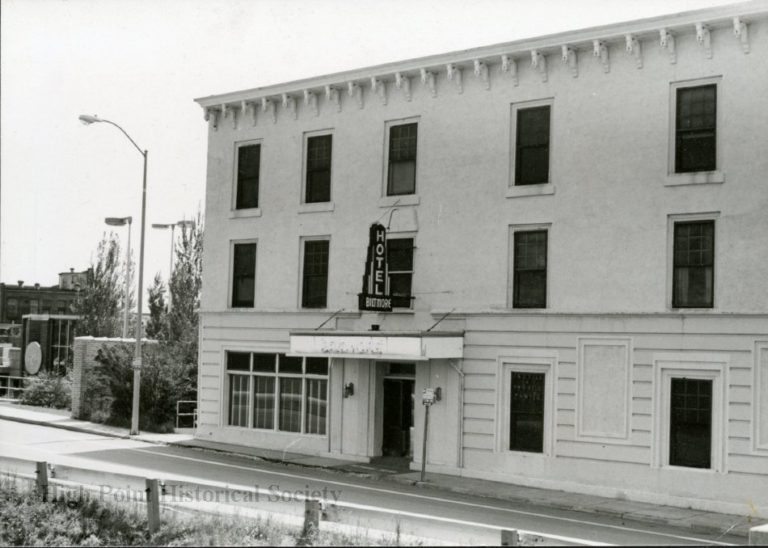
Photograph, black and white, depicting the exterior of the Biltmore Hotel, a three-story building with a smooth, light-colored exterior and an awning over front entrance.
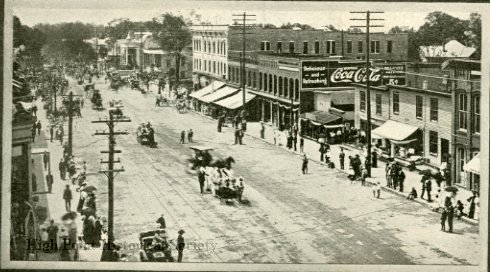
Book, “High Point, North Carolina, 1900-1910” by J. J. Farriss, 1976 reprint of 1910 publication.
The beginnings of High Point are humble enough. When the North Carolina Railroad surveyors reached this area along their journey, it’s said that the chief engineer on their team called this place, “the highest point” on the line, and the name remains today. While High Point started simply as a shipping town and connecting point for many other towns like Salem, Asheboro, Fayetteville, and Cedar Falls, it didn’t stay that way. As plank roads were laid, and more and more residents began to settle on this “high point,” the town grew. The first census accounted for a total of 525 people. And on May 26, 1859 the town was incorporated and a charter was drafted.
High Point: A Pictorial History
The High Point Enterprise (1882)
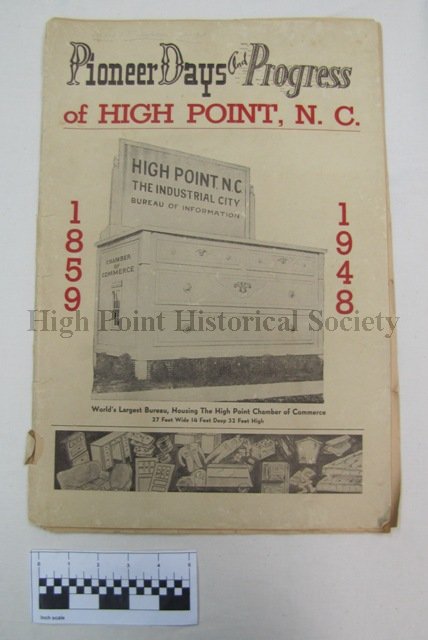
Publication (newspaper / booklet) “Pioneer Days and Progress of High Point, NC 1859-1948”. Cover features picture of the World’s Largest Bure
Long before it was the daily newspaper we’re familiar with, the High Point Enterprise got its start as “The Pioneer,” published first in 1882 by W.A. Blair. The first published copy of the Enterprise in 1885 began informing the 2,400 citizens of High Point about important news headlines and interesting opinions. By 1901, the paper was a daily news source for the citizens of the city. The High Point Enterprise has not only covered breaking news – both local and global – for more than 130 years, it has had some notable figures who played integral roles in other aspects of High Point’s development. Like J.J. Farris, editor of HPE from 1888-1918, who adamantly advocated for the start of the first furniture show in High Point.
Passages: A Pictorial History of High Point
The First Exposition (1905)
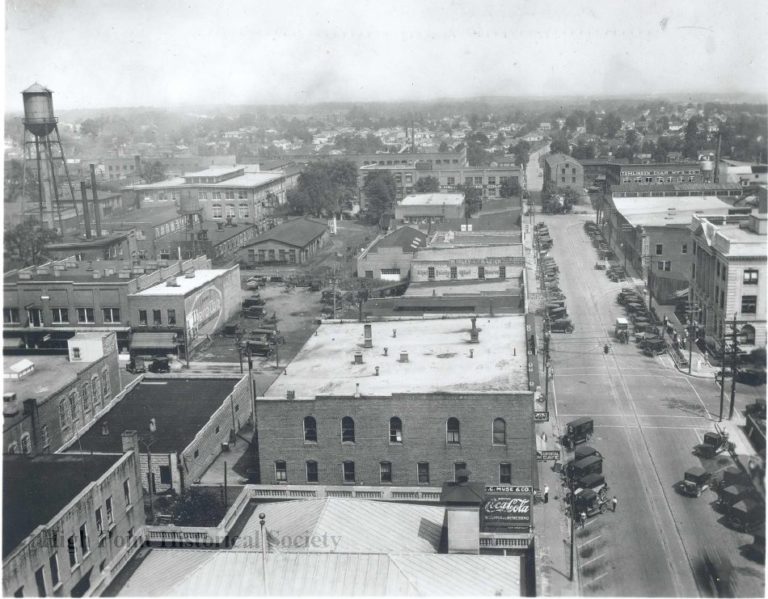
Photograph, black and white, aerial view of East Commerce Street and High Point’s Factory District. Commerce Street runs vertically along the right side of the image.
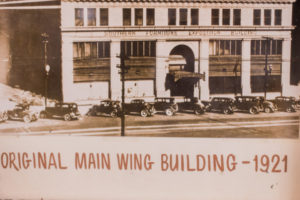
Photography by ZoZo Photography
By 1900, North Carolina had 44 furniture manufacturing factories producing more than $1.5 million in furniture each year. By adding several new plants every year, High Point began establishing its identity as the furniture capital. And as the century turned for the country, the success turned for the city. In 1901, the profits of High Point’s furniture industry went from $1.5 to $8.5 million. Farris encouraged the furniture tycoons of High Point to hold their own furniture exposition, just like the ones becoming popular in cities like New York and Chicago. The first exposition was planned in 1905 to happen in the Maddox Building (the corner of West Broad Avenue and North Elm Street). And the industry took off with a boom into the Roaring ‘20s.
High Point College (1924)
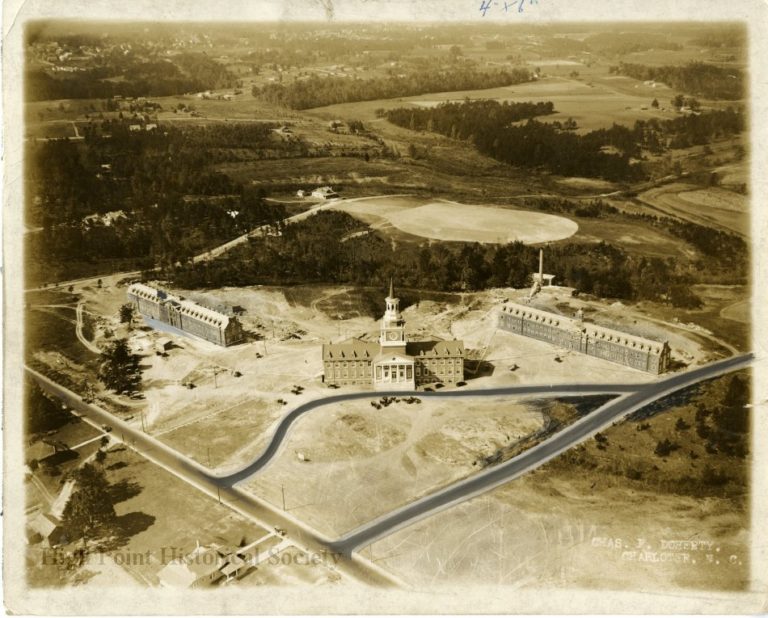
Aerial view of High Point College, 1924. Shows Montlieu Avenue and connecting streets through grounds. Buildings pictured are (L to R) McCulloch Hall, Roberts Hall, and Woman’s Hall. | Photographer Doherty, Charles F.
Meanwhile, High Point lobbied to land what became High Point College in their city. Starting as far back 1856, Yadkin College (HPU’s forefather) was a small school that taught subjects of liberal arts and was supported by the Methodist Church. When the school closed, alumni made High Point College their new home. In 1924, Roberts Hall was erected, and today the school still celebrates Founder’s Day in September. Eventually, in 1991, High Point College became High Point University. Today, the school is known for its commitment to excellence, its stunning campus, and its academic programs that draw students from all over the country.
“Early History of High Point College” (hpu.edu)
John Coltrane is born (1926)
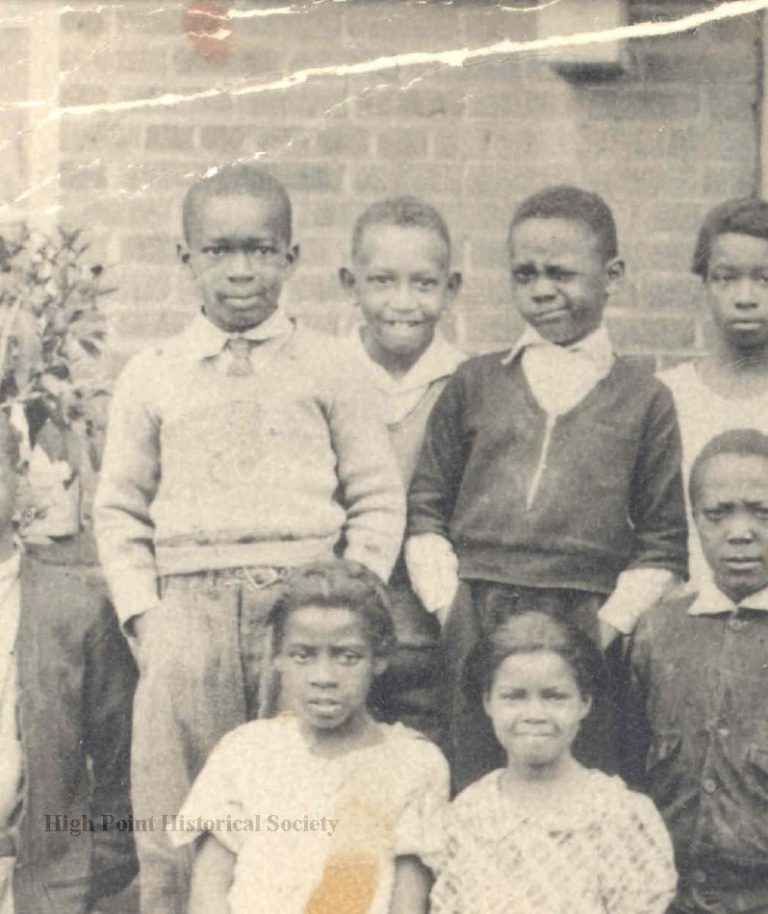
Photograph, black and white, depicting the third grade class of Leonard Street School, 1934. Included in the image is John Coltrane. Forty-one students stand or sit on the steps outside the school building. Coltrane is on the far left standing; he wears a necktie and long-sleeved sweater and has his hands in his pockets.
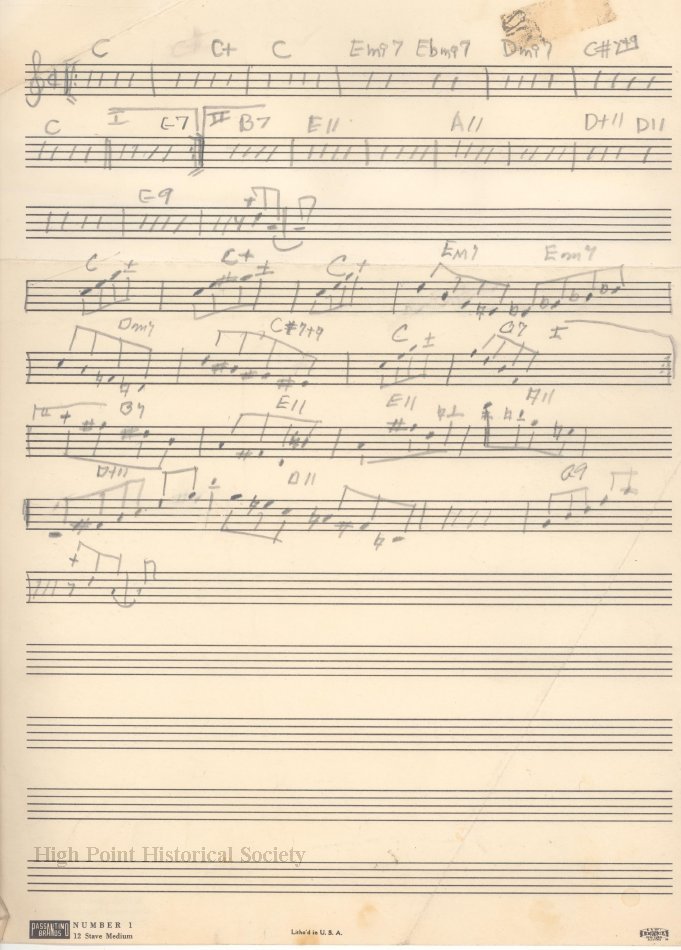
Musical notation by John Coltrane. Manuscript with notation handwritten in pencil. First three staves are Coltrane’s notation of a 32-bar set of chords with first ending, a second ending, and the bridge. On staffs 4-7, he has written the chords above and the notes in the chord on the the staff (a technique used by musicians when studying chords).
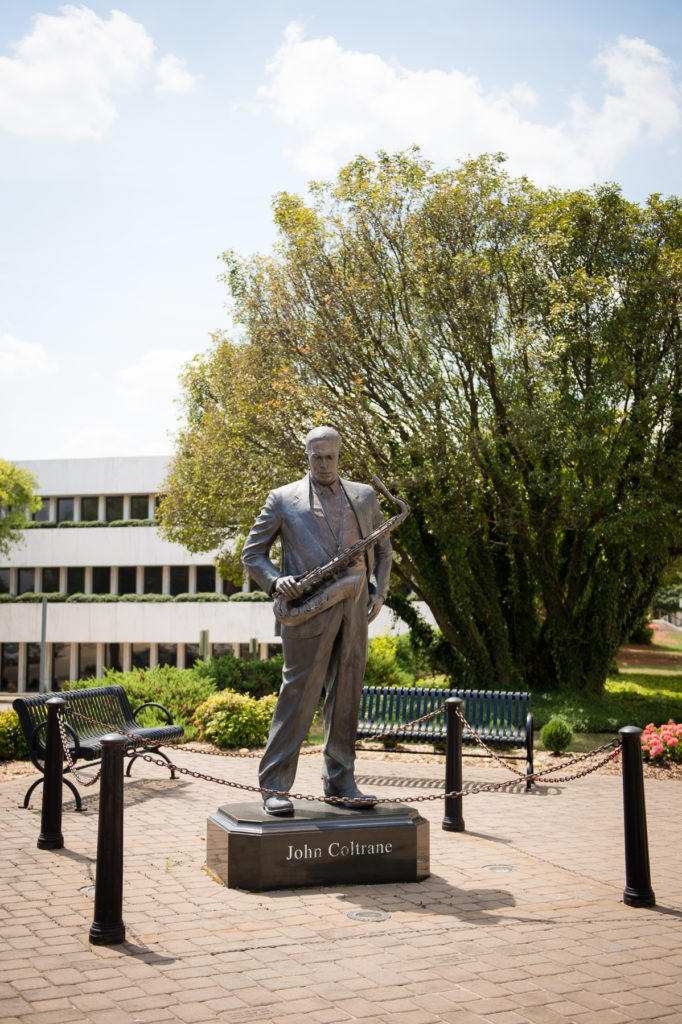
John Coltrane Sculpture today in High Point by Thomas J. Warren Photography by ZoZo Photography
And while students began learning in Roberts Hall, another one of High Point’s claims to fame was stepping onto the stage. John Coltrane’s family moved to High Point in 1926, and his dad took a job as a tailor. Coltrane would go on to be a part of the High Point community throughout his childhood and adolescence. Around 1940, when Coltrane’s grandfather, father, and uncle all passed away within a few years of each other, his mother and aunt took jobs. Finding himself without many parental influences, he turned to jazz. He started playing in a community band, and then eventually began leading his school band. Coltrane graduated from William Penn High School in 1943, and today you can find a statue honoring his legacy in downtown High Point (on Commerce and Hamilton).
Woolworth’s Sit-ins (1960)
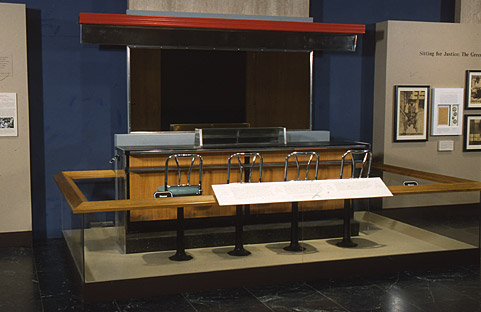
Woolworth lunch counter | In Greensboro, hundreds of students, civil rights organizations, churches, and members of the community joined in a six-month-long protest. Their commitment ultimately led to the desegregation of the F. W. Woolworth lunch counter on July 25, 1960.
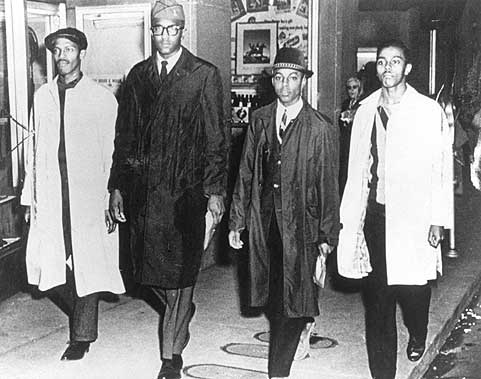
Ezell A. Blair, Jr. (now Jibreel Khazan), Franklin E. McCain, Joseph A. McNeil, and David L. Richmond leave the Woolworth store after the first sit-in on February 1, 1960.
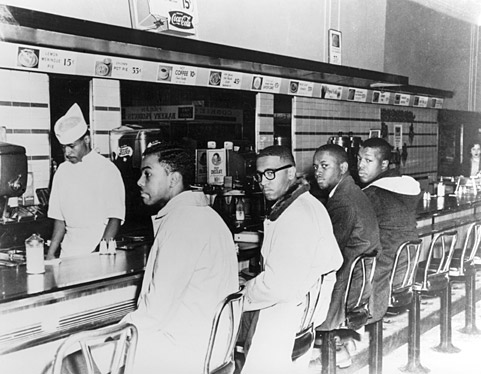
On the second day of the Greensboro sit-in, Joseph A. McNeil and Franklin E. McCain are joined by William Smith and Clarence Henderson at the Woolworth lunch counter in Greensboro, North Carolina.
Years after John Coltrane graduated high school, citizens of our city decided to take a stand against injustices that had been happening long enough. Inspired by the famous Greensboro sit-ins, a group of 26 African American high school students from William Penn High School, walked into Woolworth’s on Wrenn Street in downtown High Point, and calmly sat down at the counter. When asked to leave, the students and their leader, Reverend Cox, politely refused. Although harassed verbally by other patrons and staff, and eventually forced to leave when the store was closed, the group marched with confidence, and began to lead our city and communities towards a brighter future of equality and justice for all.
Furniture Capital Status (1977)
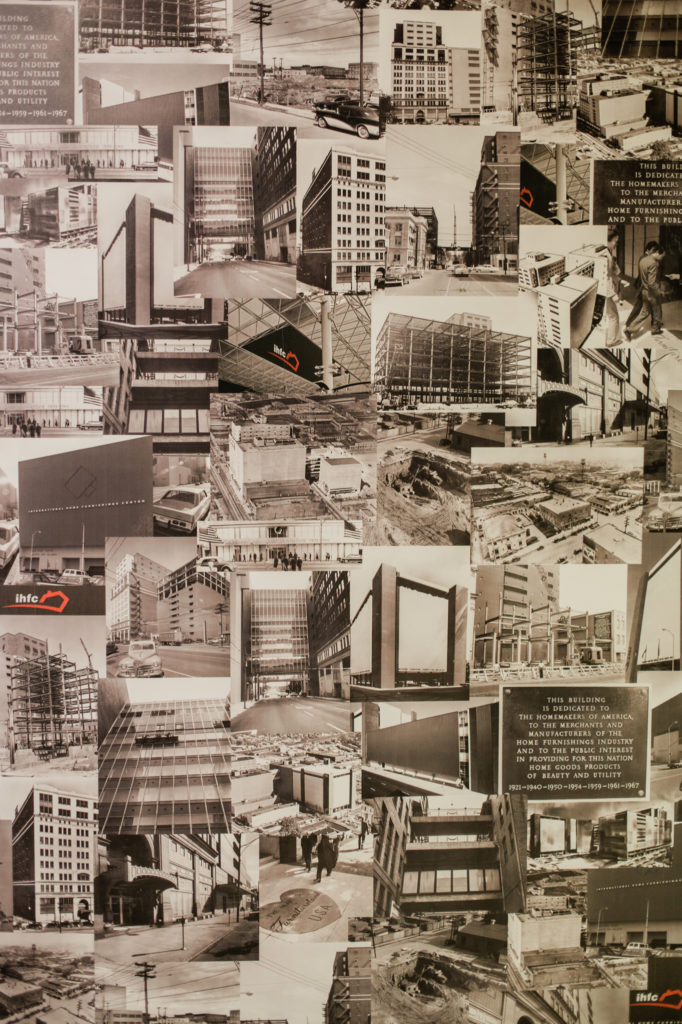
Photography by ZoZo Photography
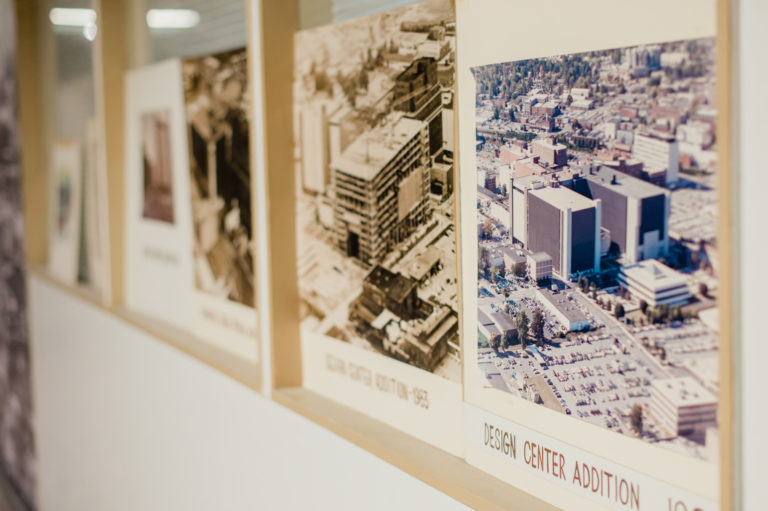
High Point Furniture Market | ZoZo Photography

The High Point Market (formerly the International Home Furnishings Market and the Southern Furniture Market), held in High Point, is the largest home furnishings industry trade show in the world. HPMKT has 12 Million Square Feet of Showspace and more than 2,000 exhibitors throughout 180 buildings. High Point Furniture Market Today, 2019 | ZoZo Photography

The High Point Market is the largest furnishings industry trade show in the world, bringing more than 75,000 people to High Point, North Carolina, every six months. High Point Furniture Market today, 2019 | Photo by High Point Market Authority
The furniture industry of High Point never stopped. Although deterred for a time by the Great Depression, the industry couldn’t be stopped. By 1977, the bi-annual furniture shows were attracting 35,000 guests, which included 1,000 international guests from 30 different countries. High Point had without a doubt become the furniture capital of the world.
The High Point Library builds its building (1992)
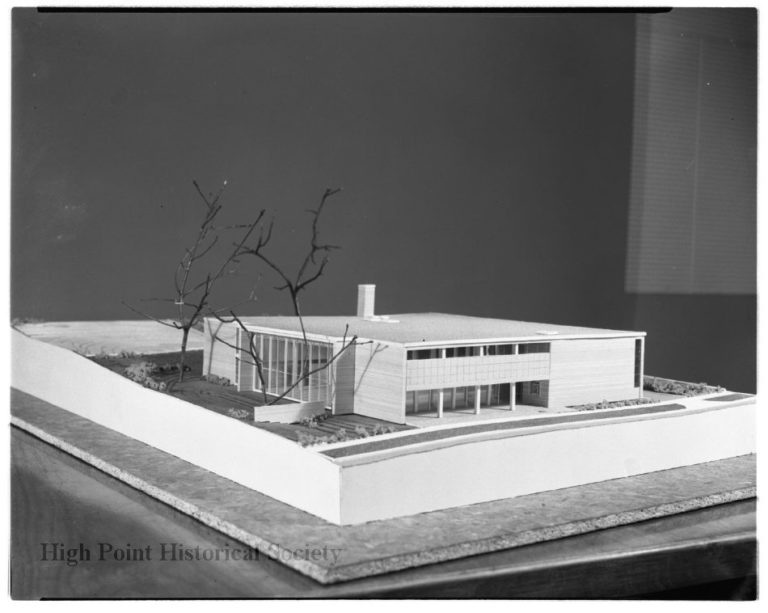
Negatives (4), cellulose acetate, black and white, depicting a three-dimensional model of a planned High Point Public Library building at 411 South Main Street. The two-story, rectangular building features a flat roof and large banks of windows.
In 1992, the beautiful and grand High Point Public Library we all know and love as a staple feature of our city landscape moved from their location on S. Main St. to its current location on N. Main Street. Its three-storied, multi-tiered facility opened its doors to provide information, history, and more discovery for High Point patrons for years to come.
Today (2019)
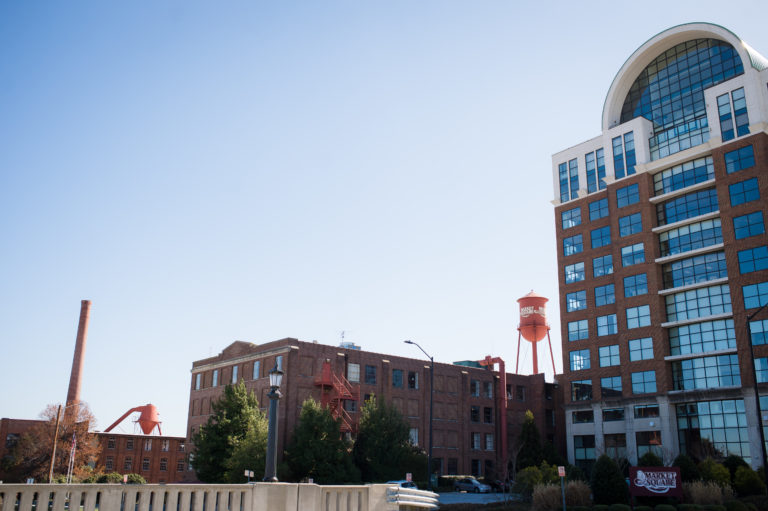
Downtown High Point, North Carolina | ZoZo Photography
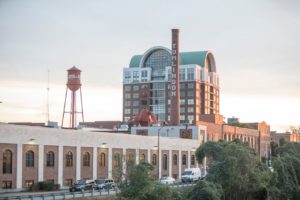
Downtown High Point, North Carolina | Photo by High Point Market Authority
And last but not least in our walk through High Point’s auspicious occasions…today! Yes today, the very day you are reading this, is another beautiful day in the history of High Point. And while there’s no way we could have covered every important and notable moment in High Point’s history, we’re positive you can think of several we missed. Even if they are just those moments happening in your own backyard or around your own dining room table. We would love to hear from you and learn all about your own history in High Point. Because your life, your family, your passion, and your story are all part of the magnificent, collective history we share as people who call this highest point, “home.”
We loved discovering all the old photos that community members have from their own history in High Point! Your family and legacy is what make High Point’s history so rich, and we want to see it! Share your High Point history pictures with us, and tag us on Instagram @HighPointDiscovered or use the hashtag #160YearsHP. Let’s share the history that we’re all a part of!
Discovering our High Points,
The HP Discovered Team
Thank you High Point Historical Society for the wonderful images!
